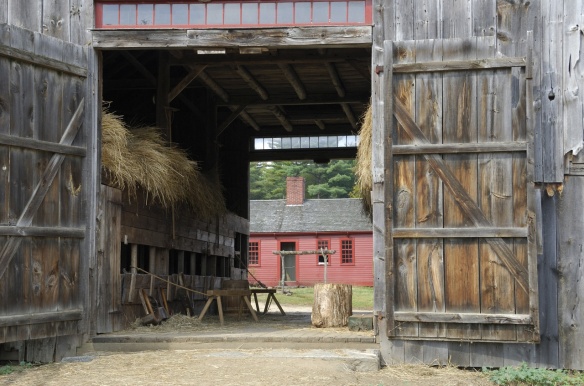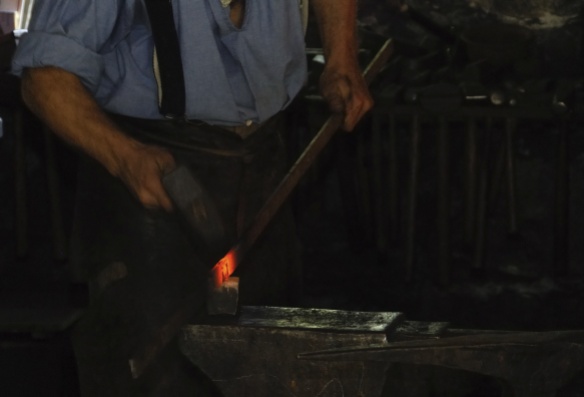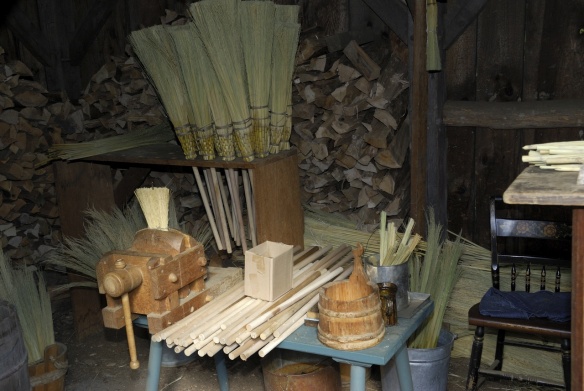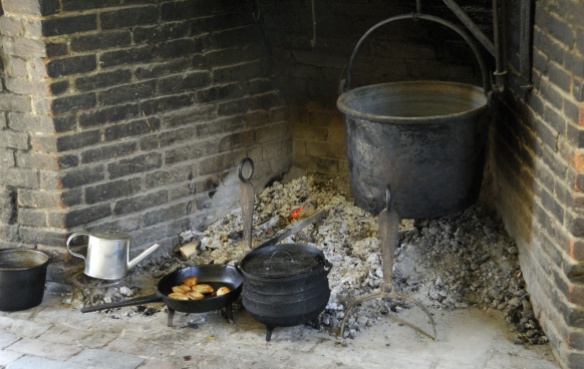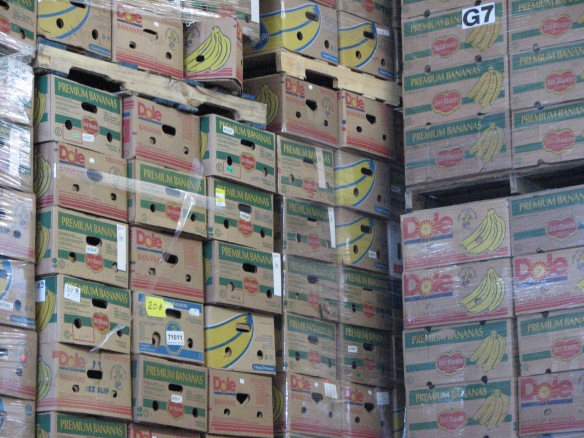 Anthony Bourdain was born June 25, 1956 in New York City. Burdain was famous as a chef and television personality, and infamous for his previous drug use and books exposing the dirty secrets of the culinary world. He was a fearless eater, traveling the world and trying everything at least once. According to Wikipedia this list includes but is by no means limited to blood sausage, sheep testicles, ant eggs, a raw seal eyeball, a cobra (including its still-beating heart), the rectum of a warthog, and fermented shark. He committed suicide and the world lost a true original. In his honor I am reprinting an earlier post about ingredients. – Jadi
Anthony Bourdain was born June 25, 1956 in New York City. Burdain was famous as a chef and television personality, and infamous for his previous drug use and books exposing the dirty secrets of the culinary world. He was a fearless eater, traveling the world and trying everything at least once. According to Wikipedia this list includes but is by no means limited to blood sausage, sheep testicles, ant eggs, a raw seal eyeball, a cobra (including its still-beating heart), the rectum of a warthog, and fermented shark. He committed suicide and the world lost a true original. In his honor I am reprinting an earlier post about ingredients. – Jadi

In a post titled Punctured, we met Jeremy: he works in a food co-op and is bitten by a gigantic Thai centipede. Earlier Jeremy worked in a coolants factory that moved operations; repaired stereo turntables until CDs took over; and serviced video stores where the only genre patrons regularly rented was pornography. Then, with the advent of on-line downloads, those shops closed as well.
He’s tried to involve his wife in some aspect of each new venture. Now Jeremy’s at the co-op, and Abigail’s nervous…

Jeremy got a job at the market and the offerings for her continued education went from disks to baskets full of items Abigail couldn’t begin to identify. “Whole foods?” Abigail asked bewildered. “What, have I been cooking halves all this time?” Her culinary repertoire consisted of items like tuna surprise, or flank steak with teriyaki sauce.
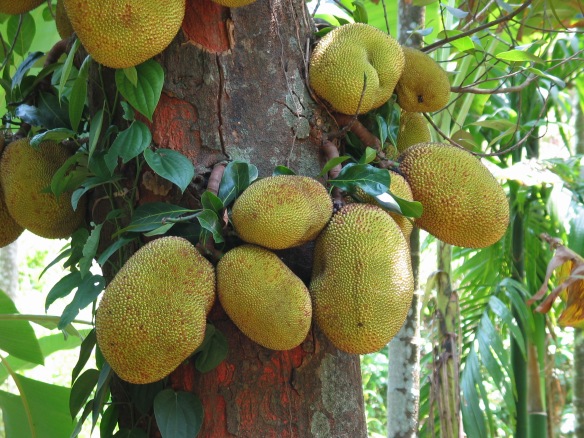
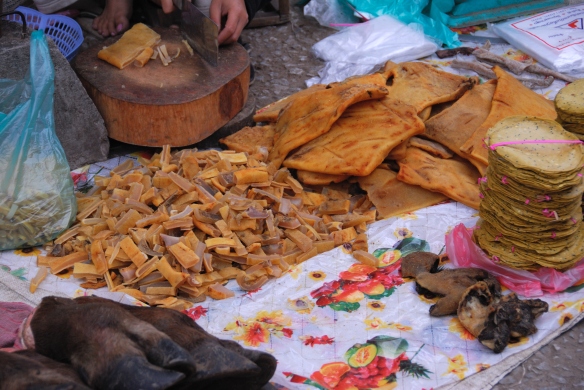

As Jeremy introduced new ingredients for her to cook, Abigail despaired. The experiment with pornography had wearied her in more than just her body. The effort to familiarize herself with her husband’s latest employment arena was too much. Abigail couldn’t even begin to cook with broccoli rape, celeriac, rose apples, or salsify…

just looking up the latter food and realizing that it was a vegetable also known as oyster plant rendered it too foreign. If she didn’t know where to start with a real oyster, how in the world would she find her way around a dastardly, cleverly named root vegetable you had to wear rubber gloves to prepare?
Abby stood in her kitchen, lost. She resented feeling inadequate, but she felt guilty, too. Nothing says loving like something in the oven. Which part was true, she wondered. Love, for whom? Something in the oven, but what?


Her husband had assaulted her senses one by one. First it was her sense of touch with the air conditioners. Sound had proved inadequate with the stereo shops. Her senses of sight, sound and touch were simultaneously overwhelmed by pornography. Currently the food store derided her sense of taste. Abigail wondered depressed what would be next for her sense of smell.
Abby leafed through the cookbook he bought her and sighed, looking without success for familiar ingredients. Miracle whip. Devils food cake. Cowboy beans and chili. A slice of American cheese on a burger. Jell-O with fruit cocktail. When she confessed this to Jeremy, he said, “I married a Betty Crocker cliché.”
He had been dismayed when she first cooked for him. After all those great meals in exotic countries of curries, tom yum gum soups, and completely fresh ingredients, Abby’s cooking was like going from Technicolor to a 50’s black and white film clip. She served fish sticks bearing little resemblance to the fish dishes of his recent memory.

“I made homemade tartar sauce!” she announced proudly.
Jeremy spooned out mayonnaise with pickles cut into it and smiled weakly.
The first time she tried to cook him Indian food Abigail choked almost to death because she had no idea that the whole spices all get taken out or pushed to one side, and are not eaten. Ditto with the hot chilies used for flavor.

New ingredients were dangerous. For her, bourbon vanilla meant cheap cooking sherry. Cans of condensed soup were her friends.
Abby loved tuna surprise, and the most exotic dish she could cook was a quiche. “If life is a banquet,” she thought, “I must be cheese Doritos chips. I am flat cherry soda.”
– from the chapter “Punctured” in Broken In: A Novel in Stories
In memory of Anthony Bourdain June 25, 1956 – June 8, 2018
NOTES: ©2024 Jadi Campbell. Previously published as Despair is an Exotic Ingredient. B All photos © Uwe Hartmann. More of Uwe’s photography may be viewed at viewpics.de.
Click here for my author page to learn more about me and purchase my books.


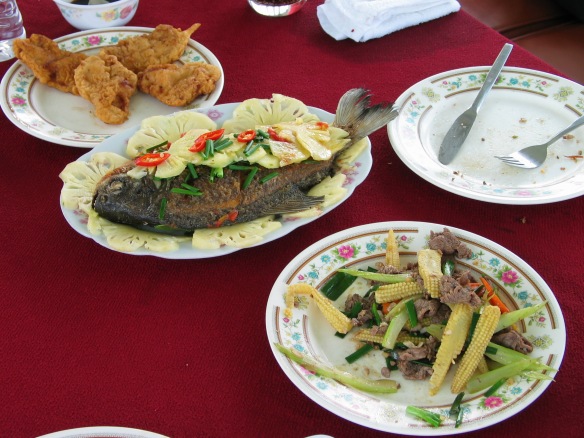
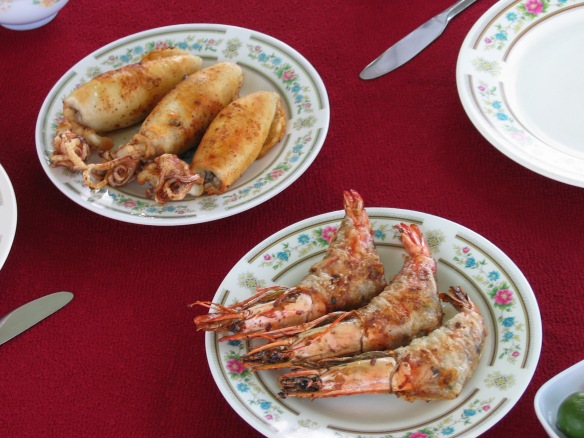









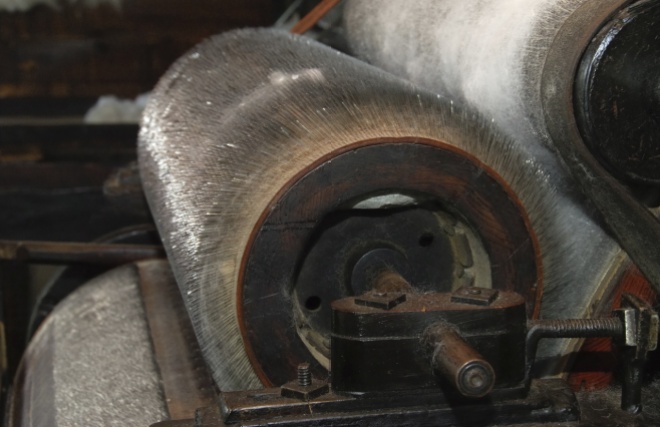







 For everyone else, the cooking in South Africa is beyond delicious! Uwe and I are still raving about the meals we ate every single night we were there!
For everyone else, the cooking in South Africa is beyond delicious! Uwe and I are still raving about the meals we ate every single night we were there!




















